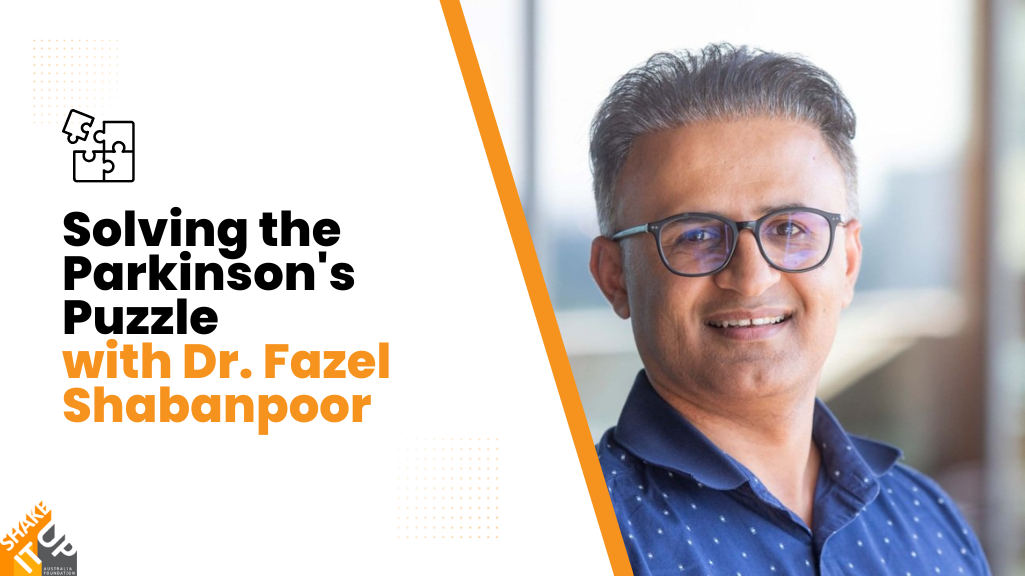
In this chat with Dr. Fazel Shabanpoor, we hear about his research into antisense oligonucleotides (ASOs), which offer a new therapeutic strategy in Parkinson’s disease (PD) because they can be readily targeted to genes linked to PD development or progression. This means they can treat the underlying pathology of PD, not just symptoms, and profoundly alter its relentless progression and impact on patients.
Over 200,000 Australians are currently living with Parkinson’s disease, with a further 38 diagnosed everyday. It’s the fastest growing neurological disorder in the world, and there is still no cure. In our ‘Solving the Parkinson’s Puzzle’ series, we are speaking to leading Australian researchers to find out how their work is helping to slow, stop and ultimately cure Parkinson’s disease.
Fazel, can you tell us about your role and research focus?
I’m a Senior Research Fellow and head of the Peptide and Oligonucleotide Therapeutics Group at The Florey. The main focus of the research in our laboratory is the development of an antisense drug, and to use that we are harnessing the power of a technology known as an antisense, which involves using DNA-like molecules to target any genes, with very high precision. These genes can be involved in causing a disease or progression of a disease. We are mainly focusing on neurodegenerative diseases, and Parkinson’s is one of those diseases.
In parallel with developing the antisense drug, we are also developing a brain shuttle system, and we are using this brain shuttle system to carry the antisense drug to the brain, which is the main target for us to be able to prevent the degeneration of neuronal cells and achieve the therapeutic affect we are after.
How is your work helping to solve the Parkinson’s puzzle?
Parkinson’s disease is a condition that happens because a special chemical in the brain, called dopamine, is not made properly. And dopamine is a chemical that helps our bodies control how they move and do things like working and talking. The reason that dopamine is not being produced is because the region of the brain that is responsible for producing it is dying. And what is killing it is a toxin. As a scientist, I’m looking to develop a drug to stop the production of that toxin and prevent the killing of the region of the brain so they can produce dopamine to help keep people with Parkinson’s healthy.
What’s the next phase of your research?
The next stage of my research is to utilise our highly efficient antisense drug which we have developed to validate in various preclinical mouse models of Parkinson’s disease to see if they can improve the symptoms, and extend the survival of this mouse model, so hopefully we can roll out this antisense drug into a clinical trial in the near future.
What will your research mean for someone with Parkinson’s in 10 years’ time?
We are hoping that in the next five to ten years, we will have an antisense drug that can be used in clinic to help improve symptoms such as tremor, improve the quality of the movement and other cognitive functions of people with Parkinson’s, and as a result we hope that this will really improve quality of life for patients with PD.
How has the funding from Shake It Up helped to make your research a reality?
The funding from Shake It Up has been absolutely essential, and has enabled us to progress our research program of developing a novel form of genetic medicine, which provides an alternative therapeutic avenue to treat Parkinson’s disease. And without Shake It Up’s support, we wouldn’t have been able to achieve that.
Dr. Fazel Shabanpoor from Australia's leading brain research centre @TheFlorey says his work on an antisense drug will improve tremor, movement, cognitive function and overall quality of life for people with #Parkinsons Share on X

